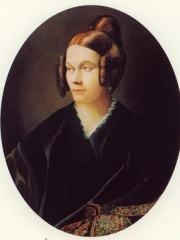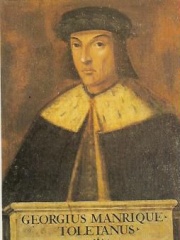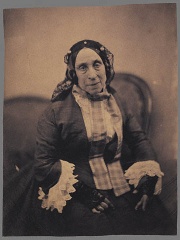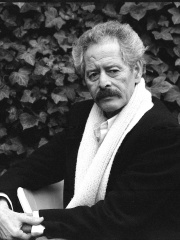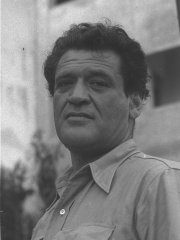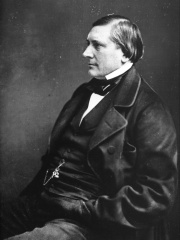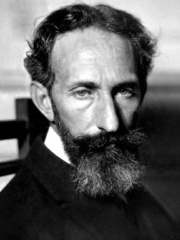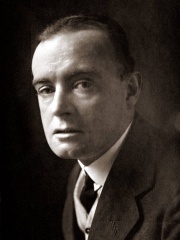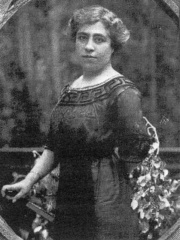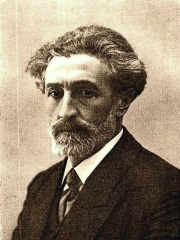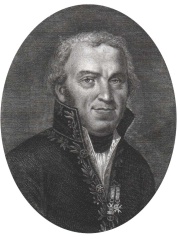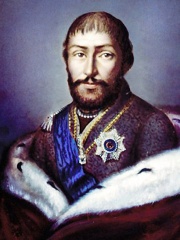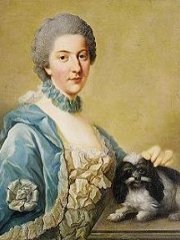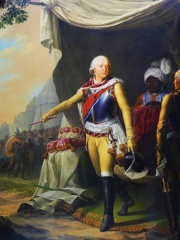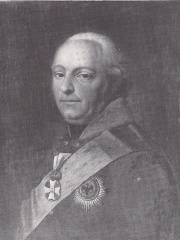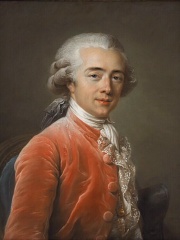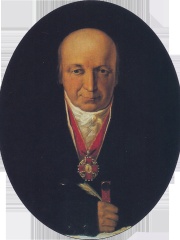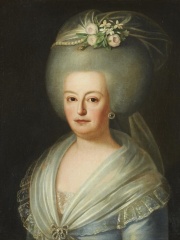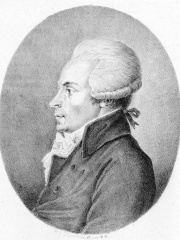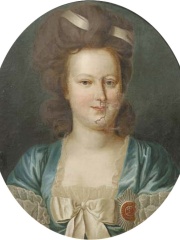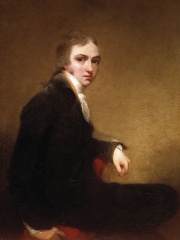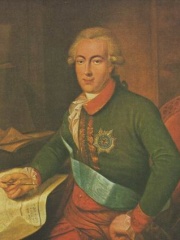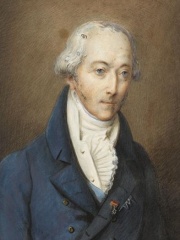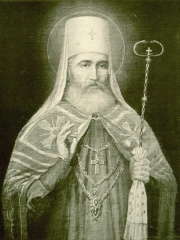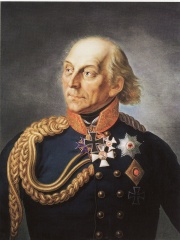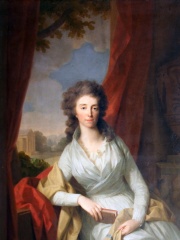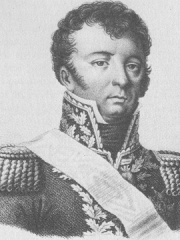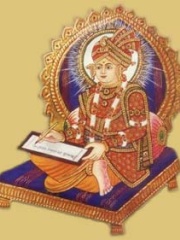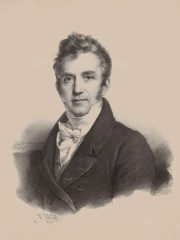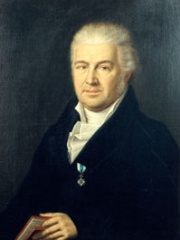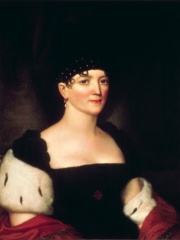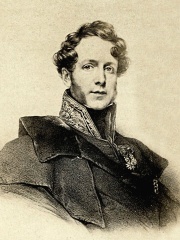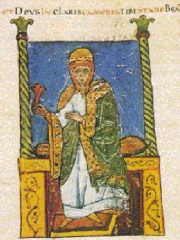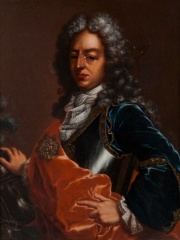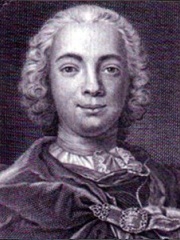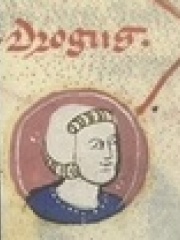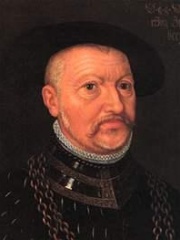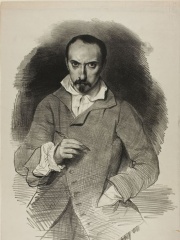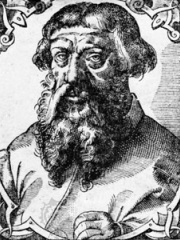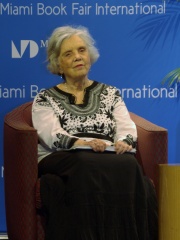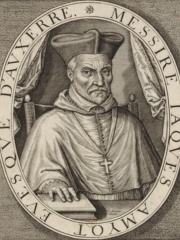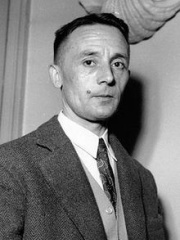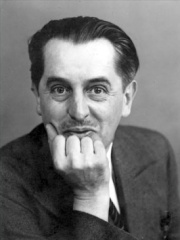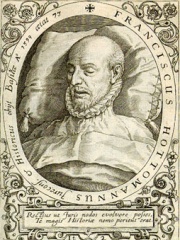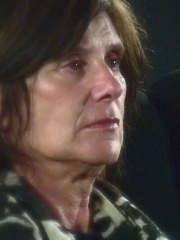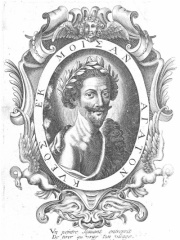WRITER
Stéphanie Félicité, comtesse de Genlis
1746 - 1830
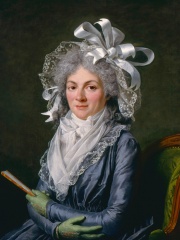
 Stéphanie Félicité, comtesse de Genlis
Stéphanie Félicité, comtesse de Genlis
Caroline-Stéphanie-Félicité, Madame de Genlis (25 January 1746 – 31 December 1830) was a French writer of the late 18th and early 19th century, known for her novels and theories of children's education. Read more on Wikipedia
Since 2007, the English Wikipedia page of Stéphanie Félicité, comtesse de Genlis has received more than 103,991 page views. Her biography is available in 23 different languages on Wikipedia (up from 22 in 2019). Stéphanie Félicité, comtesse de Genlis is the 2,004th most popular writer (down from 1,825th in 2019), the 2,252nd most popular biography from France (down from 2,042nd in 2019) and the 285th most popular French Writer.
Memorability Metrics
100k
Page Views (PV)
56.19
Historical Popularity Index (HPI)
23
Languages Editions (L)
5.29
Effective Languages (L*)
2.29
Coefficient of Variation (CV)
Notable Works
Page views of Stéphanie Félicité, comtesse de Genlis by language
Over the past year Stéphanie Félicité, comtesse de Genlis has had the most page views in the English wikipedia edition with 16,883 views, followed by French (16,404), and Russian (4,005). In terms of yearly growth of page views the top 3 wikpedia editions are (396.91%), Galician (126.94%), and Mazandarani (79.52%)
Among WRITERS
Among writers, Stéphanie Félicité, comtesse de Genlis ranks 2,004 out of 7,302. Before her are Countess of Ségur, Jorge Manrique, Marceline Desbordes-Valmore, Mohamed Choukri, Joseph Kessel, and Eugène Marin Labiche. After her are Horacio Quiroga, Saki, Caterina Albert, Izabela Czartoryska, S. Ansky, and Christopher Isherwood.
Most Popular Writers in Wikipedia
Go to all RankingsCountess of Ségur
1799 - 1874
HPI: 56.21
Rank: 1,998
Jorge Manrique
1440 - 1479
HPI: 56.21
Rank: 1,999
Marceline Desbordes-Valmore
1786 - 1859
HPI: 56.21
Rank: 2,000
Mohamed Choukri
1935 - 2003
HPI: 56.21
Rank: 2,001
Joseph Kessel
1898 - 1979
HPI: 56.20
Rank: 2,002
Eugène Marin Labiche
1815 - 1888
HPI: 56.20
Rank: 2,003
Stéphanie Félicité, comtesse de Genlis
1746 - 1830
HPI: 56.19
Rank: 2,004
Horacio Quiroga
1878 - 1937
HPI: 56.19
Rank: 2,005
Saki
1870 - 1916
HPI: 56.18
Rank: 2,006
Caterina Albert
1869 - 1966
HPI: 56.17
Rank: 2,007
Izabela Czartoryska
1746 - 1835
HPI: 56.16
Rank: 2,008
S. Ansky
1863 - 1920
HPI: 56.16
Rank: 2,009
Christopher Isherwood
1904 - 1986
HPI: 56.16
Rank: 2,010
Contemporaries
Among people born in 1746, Stéphanie Félicité, comtesse de Genlis ranks 19. Before her are Giovanni Battista Venturi, George XII of Georgia, Tiradentes, Elisabeth Christine of Brunswick-Wolfenbüttel, Crown Princess of Prussia, Charles II August, Duke of Zweibrücken, and Frederick Louis, Prince of Hohenlohe-Ingelfingen. After her are François-André Vincent, Izabela Czartoryska, Alexander Andreyevich Baranov, Infanta Benedita of Portugal, Antonio Rosetti, and Princess Caroline of Hesse-Darmstadt. Among people deceased in 1830, Stéphanie Félicité, comtesse de Genlis ranks 17. Before her are Thomas Lawrence, Louis I, Grand Duke of Hesse, Louis Henri, Prince of Condé, Louis I, Grand Duke of Baden, Petar I Petrović-Njegoš, and Ludwig Yorck von Wartenburg. After her are Princess Louise of Hesse-Darmstadt, Dominique Vandamme, Swaminarayan, Pierre Rode, Samuel Thomas von Sömmerring, and Elizabeth Monroe.
Others Born in 1746
Go to all RankingsGiovanni Battista Venturi
PHYSICIST
1746 - 1822
HPI: 60.45
Rank: 13
George XII of Georgia
POLITICIAN
1746 - 1800
HPI: 58.75
Rank: 14
Tiradentes
SOCIAL ACTIVIST
1746 - 1792
HPI: 57.84
Rank: 15
Elisabeth Christine of Brunswick-Wolfenbüttel, Crown Princess of Prussia
NOBLEMAN
1746 - 1840
HPI: 57.22
Rank: 16
Charles II August, Duke of Zweibrücken
POLITICIAN
1746 - 1795
HPI: 57.18
Rank: 17
Frederick Louis, Prince of Hohenlohe-Ingelfingen
POLITICIAN
1746 - 1818
HPI: 56.87
Rank: 18
Stéphanie Félicité, comtesse de Genlis
WRITER
1746 - 1830
HPI: 56.19
Rank: 19
François-André Vincent
PAINTER
1746 - 1816
HPI: 56.16
Rank: 20
Izabela Czartoryska
WRITER
1746 - 1835
HPI: 56.16
Rank: 21
Alexander Andreyevich Baranov
EXPLORER
1746 - 1819
HPI: 55.75
Rank: 22
Infanta Benedita of Portugal
POLITICIAN
1746 - 1829
HPI: 54.83
Rank: 23
Antonio Rosetti
COMPOSER
1746 - 1792
HPI: 53.94
Rank: 24
Princess Caroline of Hesse-Darmstadt
POLITICIAN
1746 - 1821
HPI: 53.81
Rank: 25
Others Deceased in 1830
Go to all RankingsThomas Lawrence
PAINTER
1769 - 1830
HPI: 59.87
Rank: 11
Louis I, Grand Duke of Hesse
POLITICIAN
1753 - 1830
HPI: 59.58
Rank: 12
Louis Henri, Prince of Condé
POLITICIAN
1756 - 1830
HPI: 59.08
Rank: 13
Louis I, Grand Duke of Baden
NOBLEMAN
1763 - 1830
HPI: 58.91
Rank: 14
Petar I Petrović-Njegoš
RELIGIOUS FIGURE
1748 - 1830
HPI: 58.70
Rank: 15
Ludwig Yorck von Wartenburg
MILITARY PERSONNEL
1759 - 1830
HPI: 58.18
Rank: 16
Stéphanie Félicité, comtesse de Genlis
WRITER
1746 - 1830
HPI: 56.19
Rank: 17
Princess Louise of Hesse-Darmstadt
NOBLEMAN
1757 - 1830
HPI: 56.13
Rank: 18
Dominique Vandamme
MILITARY PERSONNEL
1770 - 1830
HPI: 55.71
Rank: 19
Swaminarayan
RELIGIOUS FIGURE
1781 - 1830
HPI: 55.69
Rank: 20
Pierre Rode
MUSICIAN
1774 - 1830
HPI: 54.05
Rank: 21
Samuel Thomas von Sömmerring
ANTHROPOLOGIST
1755 - 1830
HPI: 52.90
Rank: 22
Elizabeth Monroe
POLITICIAN
1768 - 1830
HPI: 52.71
Rank: 23
In France
Among people born in France, Stéphanie Félicité, comtesse de Genlis ranks 2,252 out of 6,770. Before her are Jacques Boucher de Crèvecœur de Perthes (1788), Marceline Desbordes-Valmore (1786), Beatrice of Lorraine (1017), Benedict Joseph Labre (1748), Eugène Marin Labiche (1815), and Emmanuel Philibert, Prince of Carignano (1628). After her are Étienne-Gabriel Morelly (1717), Prince Lorenz of Belgium, Archduke of Austria-Este (1955), Drogo of Champagne (670), Ulrich, Duke of Württemberg (1487), Achille Devéria (1800), and François-André Vincent (1746).
Others born in France
Go to all RankingsJacques Boucher de Crèvecœur de Perthes
ARCHAEOLOGIST
1788 - 1868
HPI: 56.21
Rank: 2,246
Marceline Desbordes-Valmore
WRITER
1786 - 1859
HPI: 56.21
Rank: 2,247
Beatrice of Lorraine
POLITICIAN
1017 - 1076
HPI: 56.21
Rank: 2,248
Benedict Joseph Labre
RELIGIOUS FIGURE
1748 - 1783
HPI: 56.20
Rank: 2,249
Eugène Marin Labiche
WRITER
1815 - 1888
HPI: 56.20
Rank: 2,250
Emmanuel Philibert, Prince of Carignano
POLITICIAN
1628 - 1709
HPI: 56.19
Rank: 2,251
Stéphanie Félicité, comtesse de Genlis
WRITER
1746 - 1830
HPI: 56.19
Rank: 2,252
Étienne-Gabriel Morelly
PHILOSOPHER
1717 - 1778
HPI: 56.18
Rank: 2,253
Prince Lorenz of Belgium, Archduke of Austria-Este
NOBLEMAN
1955 - Present
HPI: 56.18
Rank: 2,254
Drogo of Champagne
POLITICIAN
670 - 708
HPI: 56.18
Rank: 2,255
Ulrich, Duke of Württemberg
NOBLEMAN
1487 - 1550
HPI: 56.18
Rank: 2,256
Achille Devéria
PAINTER
1800 - 1857
HPI: 56.17
Rank: 2,257
François-André Vincent
PAINTER
1746 - 1816
HPI: 56.16
Rank: 2,258
Among WRITERS In France
Among writers born in France, Stéphanie Félicité, comtesse de Genlis ranks 285. Before her are Étienne Dolet (1509), Sébastien Japrisot (1931), Elena Poniatowska (1932), Jacques Amyot (1513), Marceline Desbordes-Valmore (1786), and Eugène Marin Labiche (1815). After her are Julien Gracq (1910), Matthieu Ricard (1946), Jean Paulhan (1884), François Hotman (1524), Catherine Breillat (1948), and Honoré d'Urfé (1567).
Étienne Dolet
1509 - 1546
HPI: 56.28
Rank: 279
Sébastien Japrisot
1931 - 2003
HPI: 56.28
Rank: 280
Elena Poniatowska
1932 - Present
HPI: 56.27
Rank: 281
Jacques Amyot
1513 - 1593
HPI: 56.24
Rank: 282
Marceline Desbordes-Valmore
1786 - 1859
HPI: 56.21
Rank: 283
Eugène Marin Labiche
1815 - 1888
HPI: 56.20
Rank: 284
Stéphanie Félicité, comtesse de Genlis
1746 - 1830
HPI: 56.19
Rank: 285
Julien Gracq
1910 - 2007
HPI: 56.14
Rank: 286
Matthieu Ricard
1946 - Present
HPI: 56.13
Rank: 287
Jean Paulhan
1884 - 1968
HPI: 56.06
Rank: 288
François Hotman
1524 - 1590
HPI: 56.02
Rank: 289
Catherine Breillat
1948 - Present
HPI: 55.99
Rank: 290
Honoré d'Urfé
1567 - 1625
HPI: 55.98
Rank: 291
